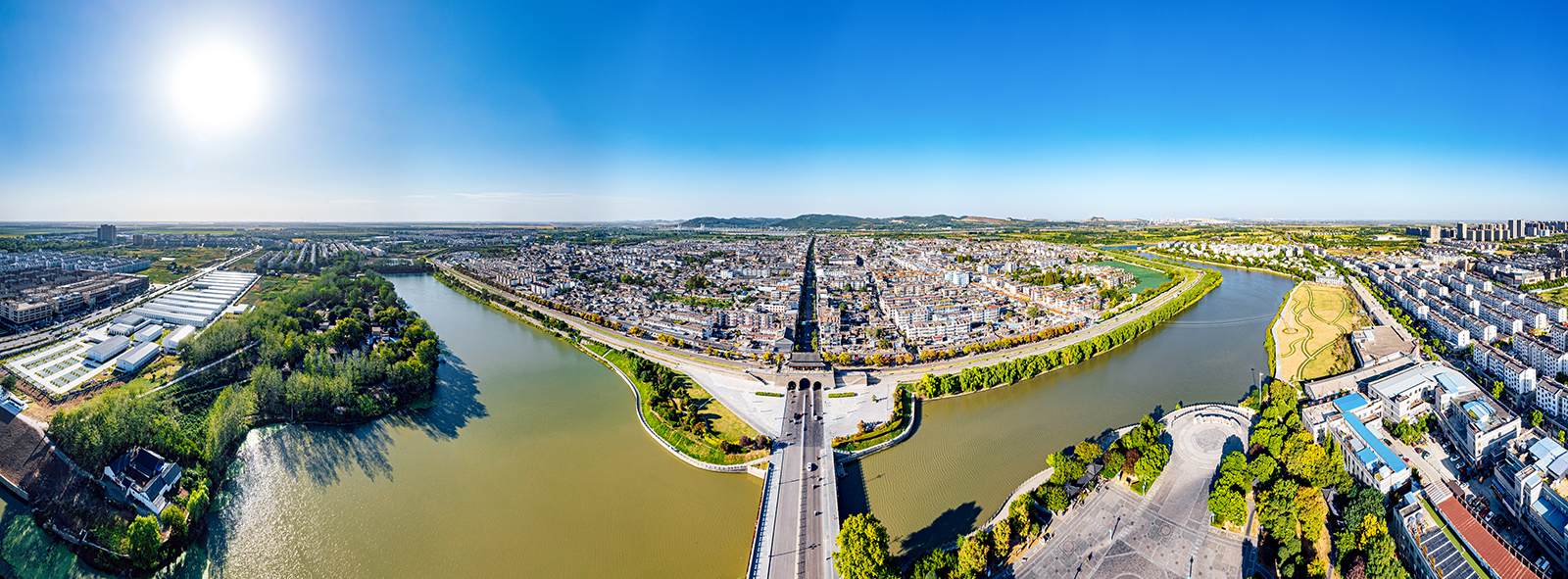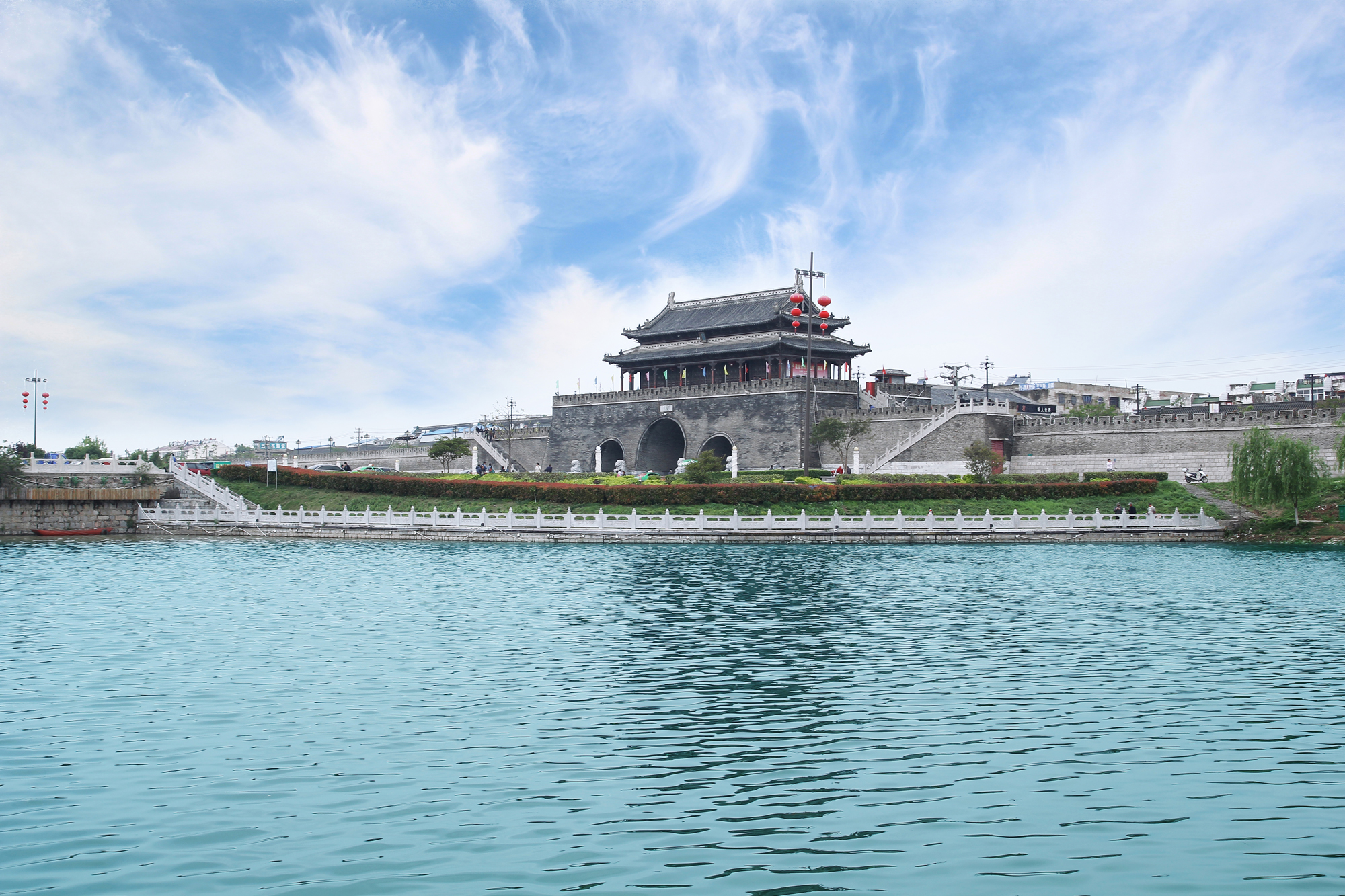Shouxian Ancient City

(phtoto by lu xiaodan)

(phtoto by zhao guangjun)
Shouxian Ancient City, a 4A -level tourist attraction, is one of the relatively well preserved ancient cities in China. In 1986, it was included by the State Council into the second batch of national historical and cultural cities. It was built during the Spring and Autumn Period (770-476 BC) and was rebuilt between Emperor Xining in the Northern Song Dynasty and Emperor Jiading in the Southern Song Dynasty (1068-1219). Historically, it was the capital of five states. The ancient city is like a square in a plan view and the ancient city covers an area of 3.65 square kilometers. It has four gates in east, west, south, and north, all of which have protective gates. The ancient city faces the Feishui River to the east and north, and is backed by the Bagong Mountain, forming an ideal spatial pattern that integrates mountain and river. There are 54 traditional alleys distributed along the four main streets of east, west, south, and north. 16 subdivisions form a square street. There are cultural relics under national protection such as Confucius Temple, Bao’en Temple, and Mosque in the city.